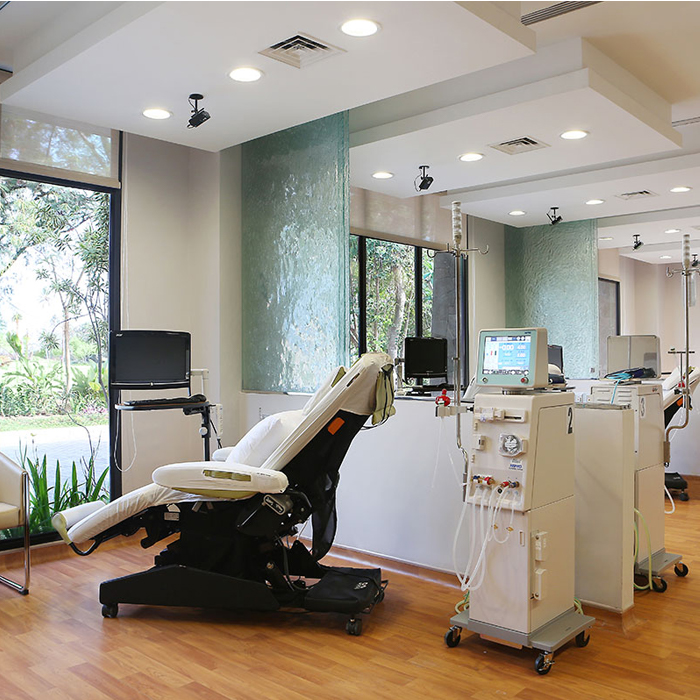Importance of Setting up Dialysis Center
- Prevalence of Chronic Kidney Disease (CKD): CKD is becoming increasingly common in India due to rising rates of diabetes and hypertension, which are major risk factors for kidney disease. The National Kidney Foundation of India reports a growing number of patients requiring renal replacement therapy, including dialysis.
- Access to Healthcare: Access to dialysis facilities is limited, particularly in rural areas. Most dialysis centers are concentrated in urban areas, making it difficult for patients in remote regions to receive regular treatment.
- Cost of Treatment: Dialysis is expensive, and many patients cannot afford it. While some government schemes and non-governmental organizations provide support, there is still a significant financial burden on patients and their families.
- Infrastructure and Resources: There is a shortage of dialysis machines, trained nephrologists, and dialysis technicians. This shortage leads to long waiting times and inadequate treatment for many patients.
- Awareness and Early Detection: Many cases of kidney disease go undiagnosed until they reach an advanced stage, necessitating immediate dialysis. There is a need for greater awareness and early detection programs to manage kidney disease more effectively and potentially delay the need for dialysis.
- Government Initiatives: The Indian government has launched several initiatives to address the dialysis needs, such as the Pradhan Mantri National Dialysis Program, which aims to provide free dialysis services in district hospitals. However, the implementation and reach of these programs can be uneven.
- Lifestyle Changes: Urbanization and lifestyle changes have led to an increase in risk factors like obesity, sedentary lifestyle, and unhealthy eating habits, contributing to the rise in kidney diseases.
Addressing these challenges requires a multi-faceted approach, including improving healthcare infrastructure, increasing awareness and early detection of kidney disease, expanding government support programs, and making dialysis treatment more affordable and accessible to all segments of the population.
Electrophysiological Lab
The Electrophysiological (EP) Lab Promoted by Biosense Webster an Johnson & Johnson MedTech Inc (USA) company specialized in medical facility equipped with advanced technology for diagnosing and treating cardiac arrhythmias. Biosense Webster is a company known for developing high-quality medical devices and solutions in the field of electrophysiology.
Key features and components of an EP Lab include:
- Mapping Systems: These systems create detailed maps of the heart's electrical activity, allowing for precise identification of abnormal rhythms.
- Ablation Systems:These systems are used to treat arrhythmias by delivering energy to destroy small areas of heart tissue that are causing abnormal electrical signals.
- Recording Systems: These systems monitor and record the heart's electrical signals in real time, providing valuable data for diagnosis and treatment planning.
- Pacing Systems: These systems help regulate the heart's rhythm by delivering electrical impulses when needed.
- Catheters and Accessories: Specialized catheters and tools are used to perform various procedures within the heart.
- Software Solutions:Advanced software is used to analyze data, guide procedures, and enhance the accuracy and efficiency of treatments.
Addressing these challenges requires a multi-faceted approach, including improving healthcare infrastructure, increasing awareness and early detection of kidney disease, expanding government support programs, and making dialysis treatment more affordable and accessible to all segments of the population.


